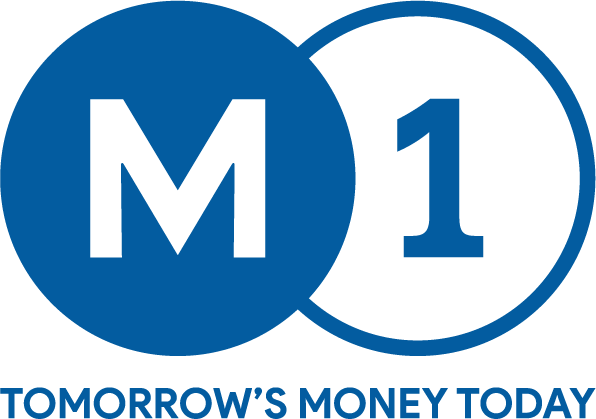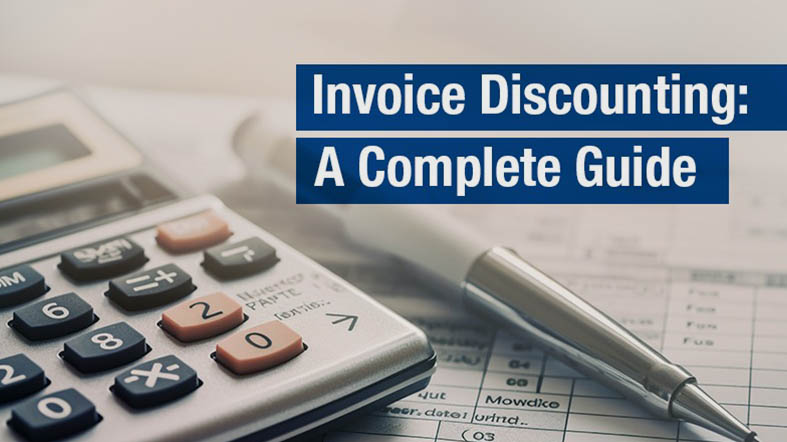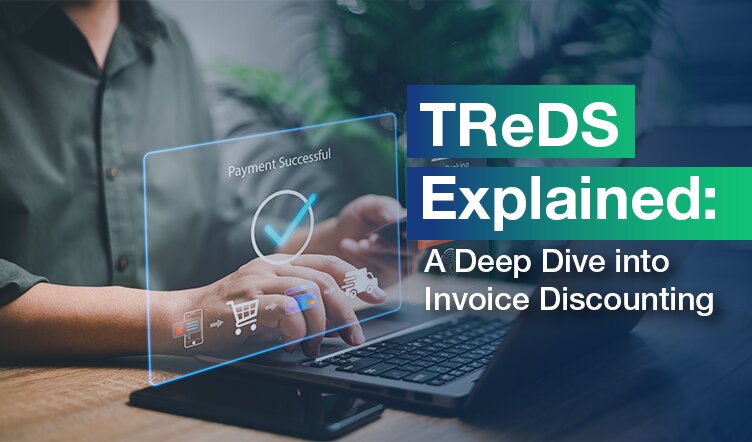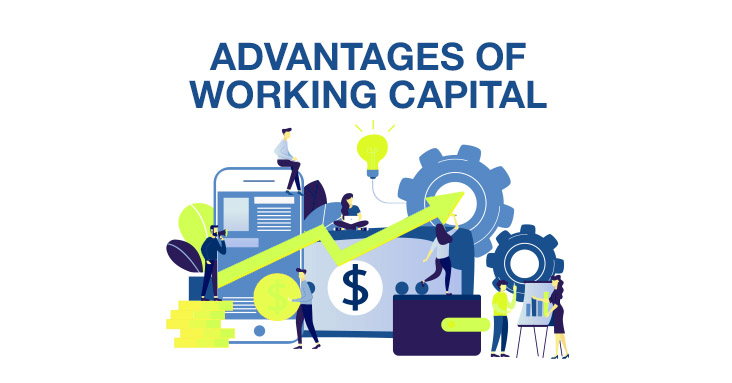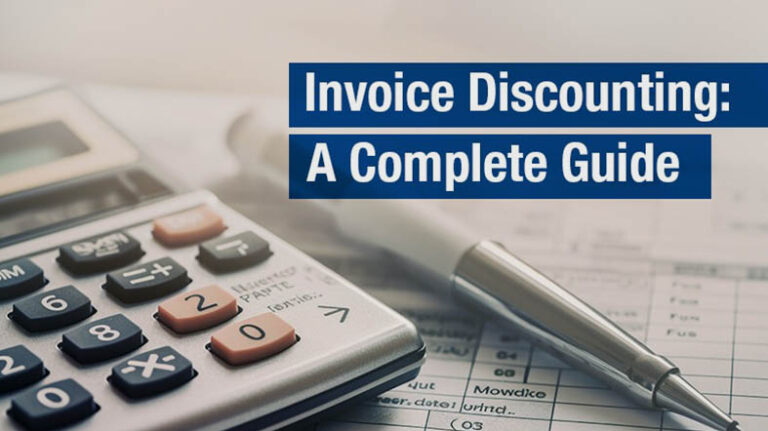Invoice discounting refers to a financial decision where a business transfers its sales ledgers or invoices, at a discount, to an independent entity, for example, a bank or a factor, where the receivables are met. The said arrangement allows the business to receive immediate cash flow when invoices are presented for immediate settlement of supplied goods and services, thereby keeping the cash flow going without delaying receipts from clients for those supplied products.
The markup of the principal amount of the invoices, which is included in the rates per day, is the factor’s profit margin and the cost of borrowing. In general, that supplier would get its share of the invoice, and then the balance (minus a discount) would be refunded once the client finishes paying. Thus, by providing a short-term financial remedy, this emergency funding can be highly impactful for both existing and new business ideas in meeting their critical financial needs, such as operational expenses, investing in the growth of businesses, and smoothing the fluctuations in cash flow.
Invoice discounting is a common financing solution, especially among those businesses that have considerable amounts of accounts receivable stacked in their books. It provides the following advantages to a traditional lending space: greater customer satisfaction, speed of loan, and the ability to retain control over one’s user relationship and credit management processes.
Apart from that, invoice discounting is not a case of collateral, and since the invoices become the security of the financing, it becomes quite easy to obtain financing. Invoice discount factoring is seen as a helpful instrument companies use to overcome the lack of working capital liquidity and improve the balance dynamics of cash. The process of converting accounts receivables as cash in one currency allows companies to cut down on operations costs and reduces their dependence on relatively high-interest short-term loans.
This provides the company with capital for strategic investments and growth opportunities. In the end, invoice discounting contributes a lot to a business’s development and helps it be adaptable and competitive in this business era.
What is Invoice Discounting in Banking?
Finance or banking institutions allow your business to receive funds against your debtor’s invoices throughinvoice discounting (ID).
Invoice receivable financing refers to the provision of financial services by banks and financial institutions based on the amount owed by the debtor (customer) to the supplier (seller). This type of short-term lending is necessary to take care of the needs of the businesses in keeping up their short-term cash flow.
How Does Invoice Discounting Work?
In invoice discounting, a business sends invoices to a lender for verification. If the lender approves, they provide a loan for 70% to 90% of the invoice value. The balance leftover on the invoice after their fee (deducted by the lender) is passed on as funds to the business by the customers upon full payment.
Types of Invoice Discounting
There are two main types of invoice discounting: remedy and no-recourse. In the case of invoice recourse, discounting the company carries the risk of customers’ non-payment. In the case of non-recourse invoice discounting, the lender covers the risk of non-payment from the customer, and they will face any losses due to a customer’s inability to pay.
Recourse Invoice Discounting:
- Business states are to be liable if customers do not pay their debts.
- In case the client fails to honor its obligation to pay, the business will pay the lender instead.
- Usually, tags like lower fees and flat rate discounts are like those offered by non-recourse ones.
Non-Recourse Invoice Discounting:
- The borrower bears the risk of unaccepted payment from the borrower.
- By default, the originator incurs the costs.
- For instance, the borrower has to deal with higher fees and discount rates. They are a big fraction of the risk incurred by the lender.
How to Implement Invoice Discounting
For a business to put invoice discounts in place, it has to team up with a lender or a financial institution that provides the discounted invoice services. The business sends over its invoices to a lender who checks their authenticity and fronts funds based on those invoices.
The Advantages of Invoice Discounting
- Improves cash flow: Invoice discounting lets businesses get cash right away. This helps them pay their bills on time and invest in growth opportunities.
- Flexible financing:It is a truly flexible option because it can grow with the enterprise sales volume. This way, it can suit small start-ups or big expansion-oriented companies.
- No collateral required: The core of invoice discounting is that a typical invoice financing is an unsecured debt unrelated to collateral to provide for credit.
Invoice Discounting in Banking vs Invoice Factoring
Invoice Discounting in Banking vs Invoice Factoring -Invoice discounting is acquiring funds against unpaid commercial invoices. On the other hand, invoice factoring refers to selling unpaid invoices issued by customers to a third-party financier at a discount.
Althoughinvoice discounting and factoring both involve the possibility of funding uncashed invoices, there are fundamental differences between these two methods of invoice funding. Invoice discounting is a confidential facility where the business maintains its customer relationships and collections while the financier makes funding available for supplier payment.
However, compared to invoice factoring, whereby businesses sell their invoices to factors that later become the collection agents, a vendor gets the entire amount the customer owes them in export receivables.
What is Confidential Invoice Discounting?
Confidential or private invoice discountingis a form of invoice discounting where the lender’s operation is invisible to the business’s customers. Consequently, it ensures the company’s ownership over customer relationships and receivables management.
Is Invoice Discounting for Your Business?
Invoice discounting is ideal for businesses that have constantly validated sales by invoices on hand but have cash flow problems. It is especially useful for businesses in those cases, as well as long payment terms and seasonal cash flow fluctuations.
Examples of Invoice Discounting
- A manufacturing business contracts with a finance company to liquidate its invoices for money to purchase raw materials and payment to suppliers.
- A consulting company does invoice discounting to create a financial cushion for the periods between fulfilling clients’ projects and being paid for its provided services.
How can M1xchange help you with invoice Discounts?
M1xchange is a foremost invoice discounting platform in India that provides solutions to firms looking for quick and easy invoice financing. M1 Xchange bridges the invoicing process and urges businesses to experience immediate cash inflow and to have better control of working capital management.
With our latest technology and efficient processes, you can improve your cash flow and give your business the chance to achieve even greater success.
Key Takeaway
With invoice discounting, businesses can reduce their stress concerning time spent waiting for payments and simultaneously secure their working capital. Such a financial business strategy is a working instrument for companies wishing to enhance their functioning.
Essentially, it enables the issuance of a new type of financial asset, independent from existing financial instruments, which instantly releases the capital that would continually remain as unpaid invoices otherwise.
The injection of capital into economic cycles through lending gives businesses the flexibility to:
- Capture growth opportunities.
- Meet pressing obligations.
- Weather economic distress while maintaining more robustness and resilience.
In addition, invoice discounting adopts a non-disclosure situation. This is a suitable financing solution for businesses to keep their customer relationships and branding image unchanged.
This latitude is very applicable for firms conducting their businesses secretly in competitive markets where confidentiality and information asymmetry issues constitute the theme of their operations.
In summary, invoice discounting with the best providers, such as M1xchange, improves business development procedures. It is quite real that by discounting invoices, firms can tap into the dormant value of their receivables.
This facilitates businesses’ growth, stability, and resilience in today’s dynamic economic landscape. Trade receivable discounting is a great tool for businesses looking to improve their finances and grow. It offers flexible funding options, easy processes, and confidentiality protection.
FAQs
The ideal accounting invoice discounting platform for India will vary on several criteria including reliability, customer support, rate of interest, and usability. Among solutions, platforms such as M1xchange, Invoice Mart, and KredX are often considered effective, clear, and have a good bank of lenders.
Generally speaking, payment terms for goods supplied and services rendered may apply for the most part, along with closing accounts. However, this may limit eligibility to debtors who meet certain criteria, such as creditworthiness, invoice due date, and discounted amount.
The main requirements for e–invoice discounting include a uniform invoice history, creditworthy customers, and invoices to which disputes or lawsuits are not subject. Besides the industry, lenders also check factors like business stability, credibility rating, and repayment capability. Only then will invoice discounting be approved.
